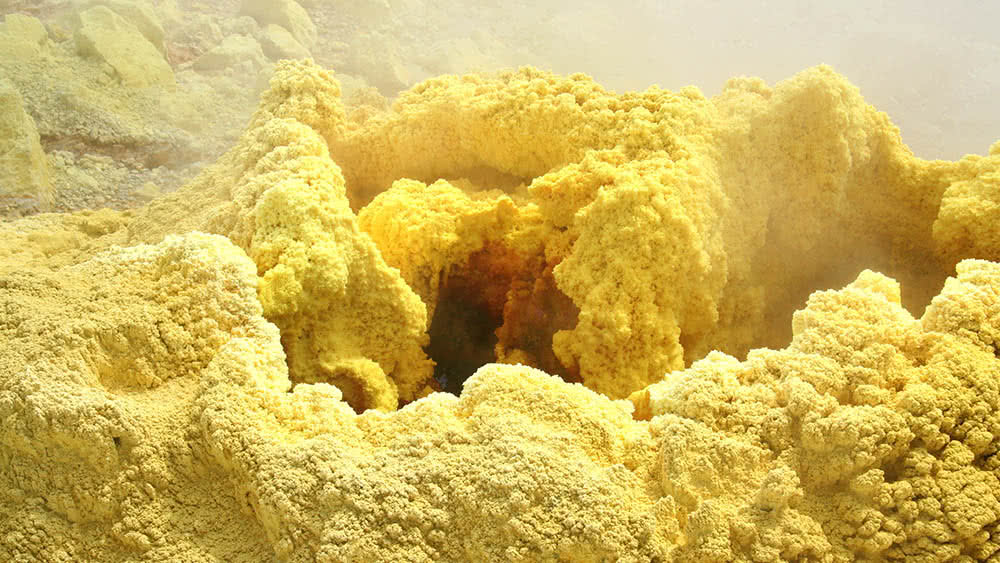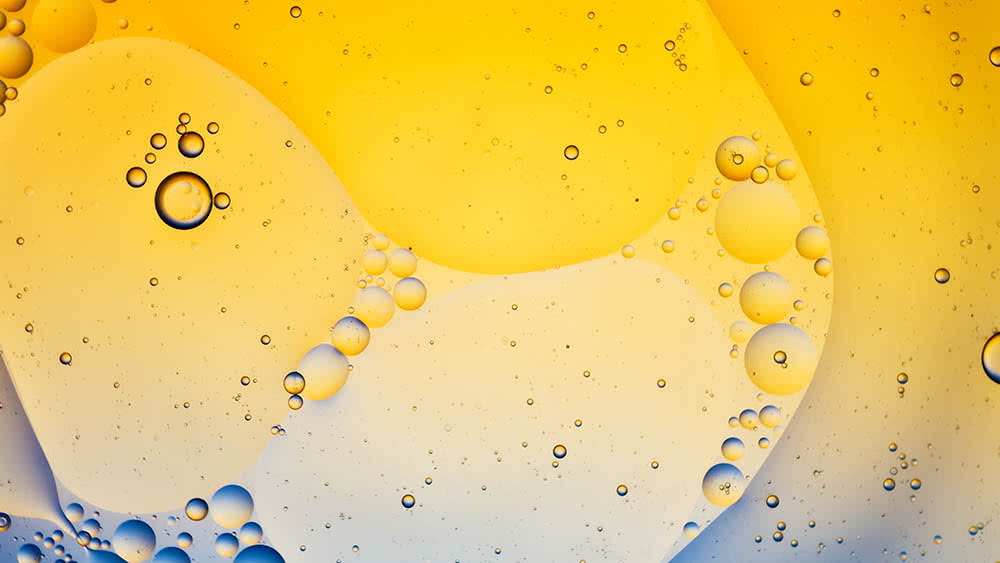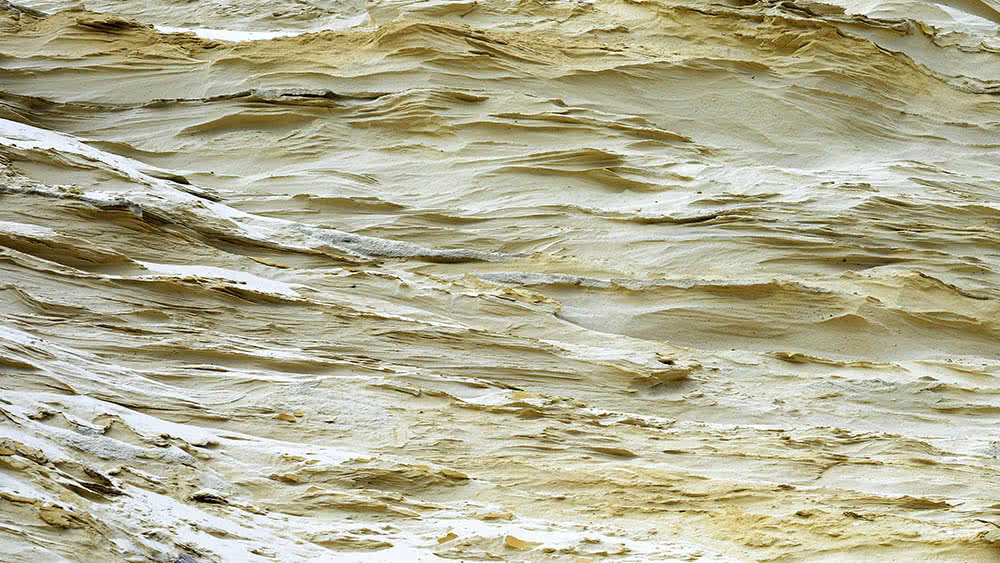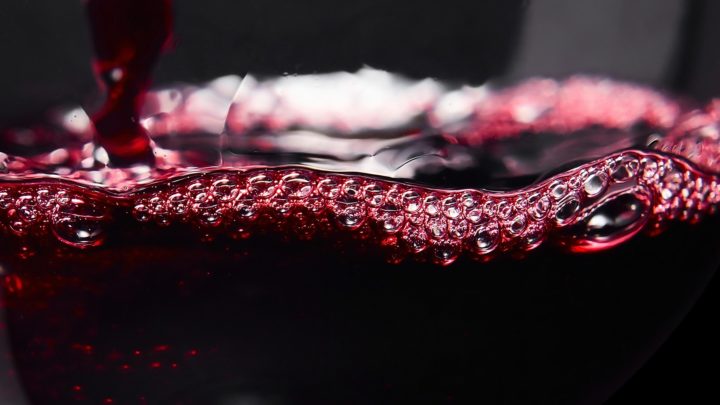What could be worse? You’re looking forward to a relaxed wine evening with friends or family, you’ve chosen a special wine, open the bottle and you’re hit by an unpleasant smell. Your first thought: it is a wine defect.
However, this is not necessarily the case, because not all wines that smell a little unpleasant or do not taste particularly good must also have a flaw. In part, the irritating properties can also be attributed to an incorrect drinking temperature of the wine or to the grape itself, which has foreign fragrances and aromas to you. It also happens that something went wrong during fermentation, storage or bottling of the wine and you of all people get a bottle with a real wine defect. While some faults merely spoil the taste experience, others make the noble drop undrinkable. Below we tell you everything you need to know about the ten most common wine mistakes.
The ten most common wine mistakes at a glance
Surely you too have opened a bottle of wine and been hit by a cork note – a classic wine fault. However, besides him, there are many other errors. We present the ten most important ones below.
Corkton (TCA)

The most common and probably the best known error is the corkton. Probably less well known is the fact that this flaw can also render a wine undrinkable – at least in terms of taste – that does not have a cork closure at all.
The causative agent of the corkton is trichloroanisole (TCA). Although this substance is often found in cork, it can also enter wine through other routes, such as construction and packaging materials like pallets or boxes that contain it. However, the most likely cause of this wine defect is that TCA enters the cork of a wine bottle as a metabolic product of microorganisms.
If wines show a cork note, one speaks technically correctly of a TCA contamination. Characteristic of these is a musty, sharp or corky taste of the wine.
If a wine has a partly musty and dull scent that you cannot clearly identify as cork, it may be the so-called creeping cork. This is a special variant of the wine defect corkton, which can often be detected only by comparing the wine with another bottle of the same vintage.
In principle, a wine with corkton should not be drunk. If you are not sure whether your wine has this defect, you can mix a small amount of the wine with mineral water. If the musty, partly leathery odor intensifies, you should not drink the wine – there is no longer any question of enjoyment anyway.
Böckser

If it is said that a wine has a “Böckser”, it has an odor of rotten eggs and sulfur. It is often said that it stinks of goat. The fact is that wines with bump give off a very unpleasant odor that will undoubtedly make you shy away from “enjoying” them. This wine defect occurs in various forms: Partly, the unpleasant smell is also described as rubbery or as an onion-garlic note.
The cause of boilage is sulfites, which enter the wine through sulfur and are converted to hydrogen sulfide in a chemical process. As a rule, young wines are more likely to be affected by bumps. Other causes are a too high fermentation temperature and pesticide residues in the wine. However, wines in storage can also show a hump, in which case they are referred to as mercapatan, i.e. storage hump. As a rule, wines with a hump are no longer drinkable.
Butter or whey clay

If wines have a buttery or whey tone, they have a specific concentration of the substance diacetyl. Diacetyl is also known as a natural component of butter. As a rule, a defect of the wine is only spoken of when diacetyl is present in a certain quantity. Wines with only a low concentration of the substance, on the other hand, can score with nutty or caramel-like nuances. A classic wine defect is only spoken of at a concentration of more than 5 mg/l diacetyl.
Solvent clay

The name of this defect can also be attributed to a characteristic feature of the wine. Thus, wines affected by this defect smell and taste like solvents. A so-called solvent tone is often found in young sweet wines. If you are a fan of young sweet wines, you will find this defect – as well as most others – disturbing only from a fairly high intensity. This is often the case with red wine. White wine fans, on the other hand, tolerate a significantly higher concentration of this substance.
Acetic tang (volatile acid)

As the name suggests, wines that have this defect smell like vinegar. For this reason, it can be assumed that you recognize this error. Usually, you taste the vinegar note immediately when you taste your wine.
The cause of a vinegar sting is the ethanol alcohol contained in wines, which is broken down by bacteria to form acetic acid. The acetic tang is caused by esterification products formed during degradation. As with other errors, it only becomes problematic above a certain concentration. If wines have a tang of vinegar, they are also said to have volatile acidity. While this defect is relatively common in sweet wines, sparkling wines are rarely affected.
Petrolton

If you open a wine bottle and a specific petroleum smell hits you, it may be a wine fault – but it doesn’t have to be. The substance trimethyl dihydronaphthalene (TDN) is responsible for the petroleum odor. The strength of the petroleum odor varies and covers a range from light to very strong.
Whether it is a fault depends on both the age and the variety of the wine: While a petroleum note is characteristic of Traminer and mature Rieslings, young wines should not have such an odor under any circumstances. This wine defect has its own fan base, who find the smell pleasant and sometimes beguiling.
Geranium clay

If a wine smells like geraniums, you can assume a wine defect. The cause of this defect is the substance geraniol, which is formed when sorbic acid is broken down by bacteria. Of course, this can only be the case if sorbic acid has been added to the wine as a preservative.
Although the sorbic acid responsible for geranium clay acts as an agent against specific yeasts and molds, its added amount as a preservative is strictly regulated in most growing regions. Because the substance is not effective against acetic acid and lactic acid bacteria, undesirable interactions may occur.
Mice

The so-called mousing is a rarely occurring wine defect. However, a wine with a strong smell of ammonia, reminiscent of a dirty mouse cage, is undrinkable.
Mousing is believed to occur when wines have not been adequately sulfurized and have too low an acidity level. Mousing usually affects red wines.
Yeast, “board”, “horse sweat” or “wet dog”

This wine defect has several names: Besides yeast fungus , it is also called board, horse sweat or wet dog. Responsible for this defect is the yeast fungus Brettanomyces bruxellensis, which is a source of much debate among wine enthusiasts. Thus, the colonization of a wine with this yeast fungus is perceived very differently by wine drinkers. While one side already calls wines with a low concentration of the yeast fungus deficient, the other side is of the opinion that its presence cannot be dispensed with.
However, if after opening the bottle you are confronted with an animal-like smell, which is characterized by both sharpness and sweetness, the yeast fungus is at play. Basically, this wine defect is only found in red wines that have been aged in oak barrels. Whether you find the taste pleasant or not depends on your personal preferences. The fact is that drinking wines that have the yeast fungus is not a threat to your health.
Turbidity

Cloudiness is a wine defect that usually occurs after bottling. If, in the course of a quality control, wines are found to have a high degree of turbidity, they are sorted out. Several aspects can be the cause of turbidity: it can be caused by bacteria, protein streaks or heavy metals.
In the case of heavy metal turbidity, the tannins contained in the wine react with iron and copper. Although it is rather rare for tannins to precipitate and cause visible cloudiness, it is a wine defect.
Wines whose turbidity is caused by non-thermostable proteins are also called defective. However, this defect – if detected by the winemaker already during the production process – can be eliminated by adding bentonite. Subsequently, this substance is removed again by filtration.
Far more frequently, turbidity occurs due to bacteria. Turbidity occurs when microorganisms multiply to such an extent that they are visible to the naked eye. Wines with bacterial turbidity are no longer drinkable.
Natural wines are an exception to this rule. These often have a natural turbidity. Unlike normal wines, natural wines are neither filtered nor embellished. As a normal wine consumer, however, one hardly encounters these wines.
Conclusion: wine defect or not – that is the question here
Often it depends on your subjective feeling whether you recognize and classify an aromatic or taste characteristic of a wine as a fault. However, with the help of this little guide, you should be able to spot the most common wine mistakes. Caution is usually advised when a wine smells very strongly of sulfur or is cloudy, because then you should no longer enjoy it!









